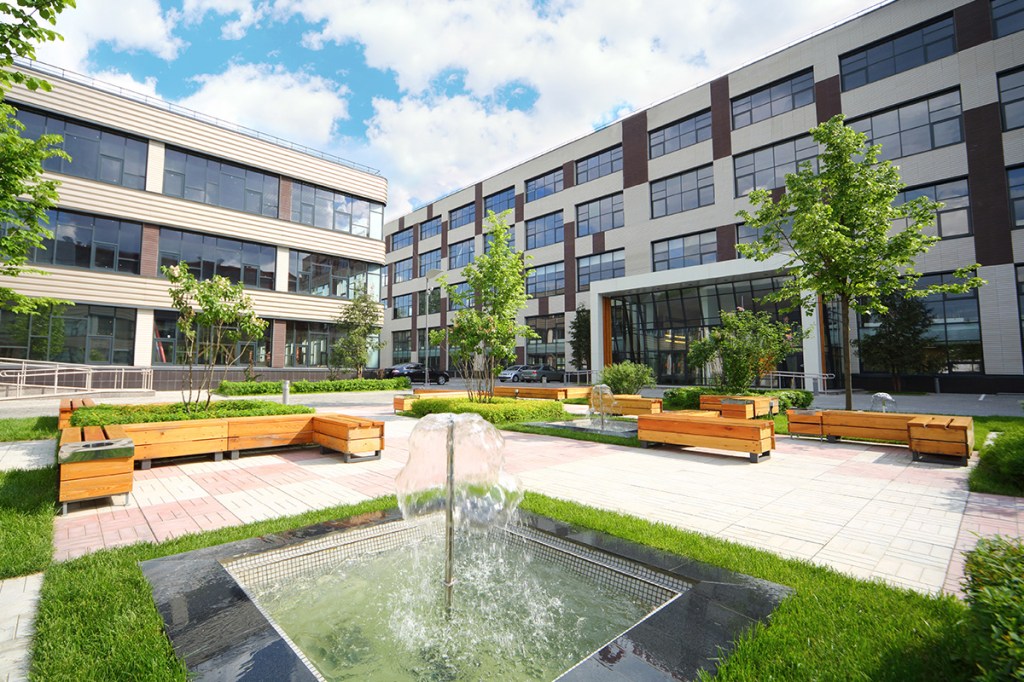Common Area Maintenance (CAM) Reconciliation Made Easy
In many commercial and association leases, tenants are responsible for both rent and a share of the property expenses. Common area maintenance (CAM) fees are one of these expenses. Here's how we're simplifying them.
